The term CPAP pillow now refers to a couple of different products. Adding more words to the search term could help you refine your results and be sure to get what you are looking for. Here are a few suggestions.
Nasal Pillows
Nasal pillows are the interfaces between the tubing in your nasal passages. It is through these flexible cushions that the pressurized air passes to prevent your windpipe from closing. It is important that they are clean and in good working condition.
It is also important to order replacement pillows that are compatible with the brand of mask you are using. If you have been using continuous air pressure for a while, you might not realize that things have changed.
Different designs have been developed. Masks have become smaller.
The most trimmed down version of all is the nasal prongs, which are inserted into the nose instead of covering it. In addition to providing the less obtrusive design that many people are looking for, the prongs work well for someone with a large nose or other facial structure considerations.
The replaceable end-piece of the prong-style is sometimes referred to as a CPAP pillow, because that is what the similar piece was called in the older styles. But you are actually replacing the whole prong. In other words, the part that fits into your nose, as well as the piece that attaches it to the tube.
It is possible to try different mask styles without consulting a technician or your doctor, as long as all parts are compatible. Anyone who is currently using a nasal-only, as opposed to a full-face mask, could try the prong-style.
Possible drawbacks of the prong-style include more nasal irritation and a sense of fullness in the nose as the prongs inflate to create a seal. Manufacturers recommend the use of a room humidifier whenever the prong design is used. When the air is moist, it is less likely to cause nasal irritation.
Bed Pillows
A special CPAP pillow for your bed could reduce your risk of leakage due to changing positions during the night. The pillows have different designs, but they do share some commonalities.
Traditional bed pillows will put pressure on the mask and push against the tubing that leads from the mask to the machine. As a result, there may be changes in air pressure or complete leakage. The noise from the leakage may wake you up. This is a frustration many users have had to deal with.
A CPAP pillow is specially contoured to support the head and neck. It keeps the spine in a healthier position, if you are sleeping on your side. They are similar in design to pillows used by people with back problems, because they put less pressure on the lumbar area. If you frequently wake with a morning backache, the special bed pillows could help.
In addition to providing the neck and back support that accompanies the regular lumbar pillows, the CPAP pillow has a groove or a deep contour cut into the foam. The location of the groove is designed to prevent the foam from pressing on the mask or the tubing to cause leakage.
The pillows are sold by a number of retailers and also by companies that manufacturer other CPAP accessories. It makes sense to order from a company familiar with the needs of sleep apnea sufferers, like Talk About Sleep. They have competitive prices and you are more likely to be satisfied with what you get.
Your insurance might not cover the bed pillows. You could check with your provider to be sure. Most insurance providers cover a replacement CPAP pillow or prong for the nasal masks every 3-6 months.
Related Articles:


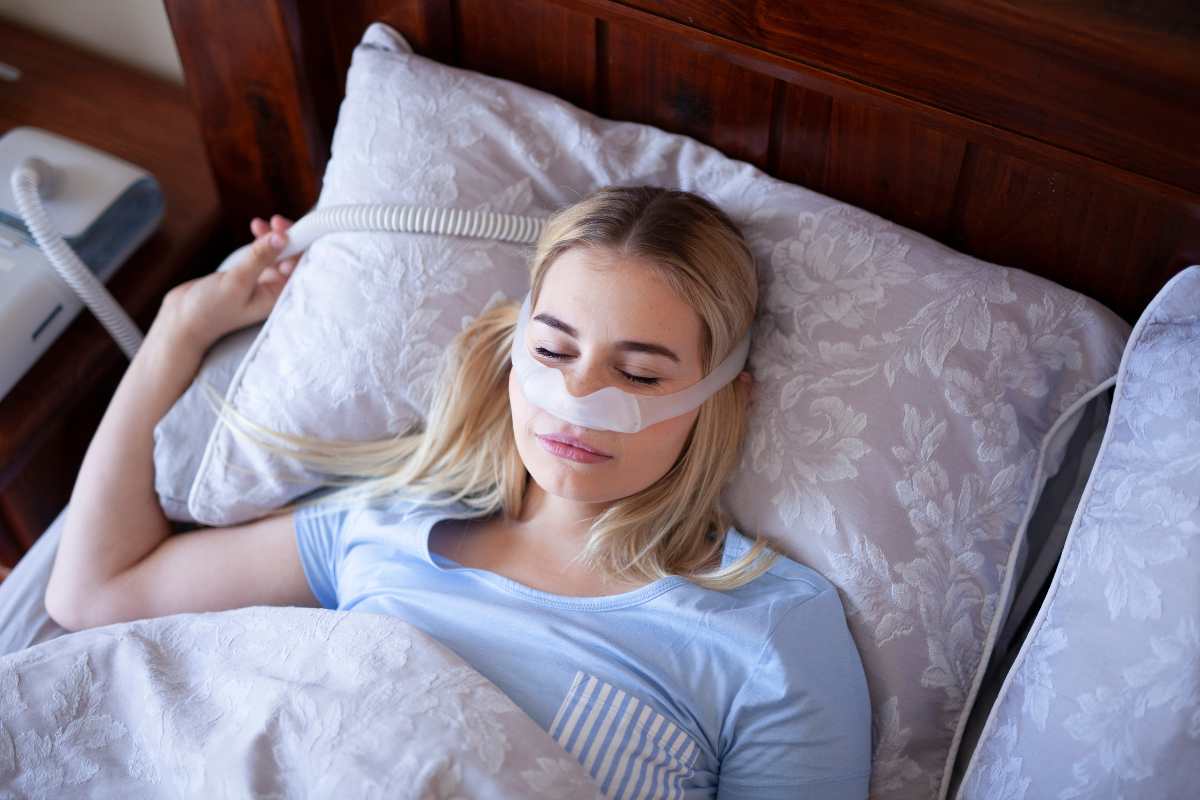

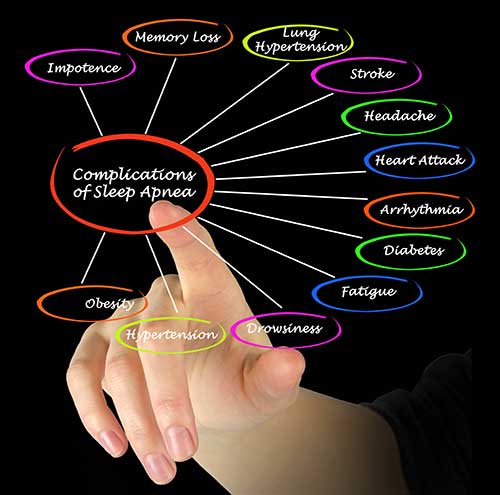
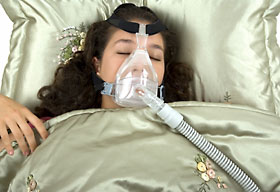
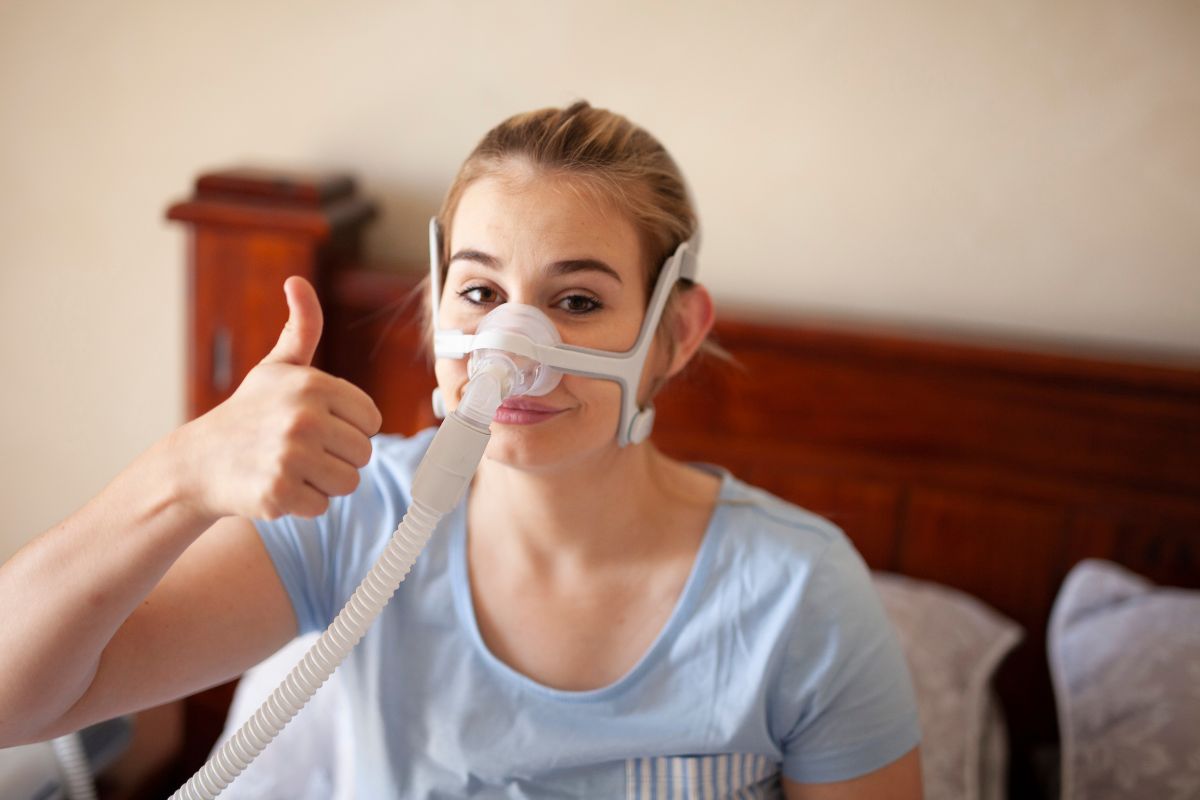
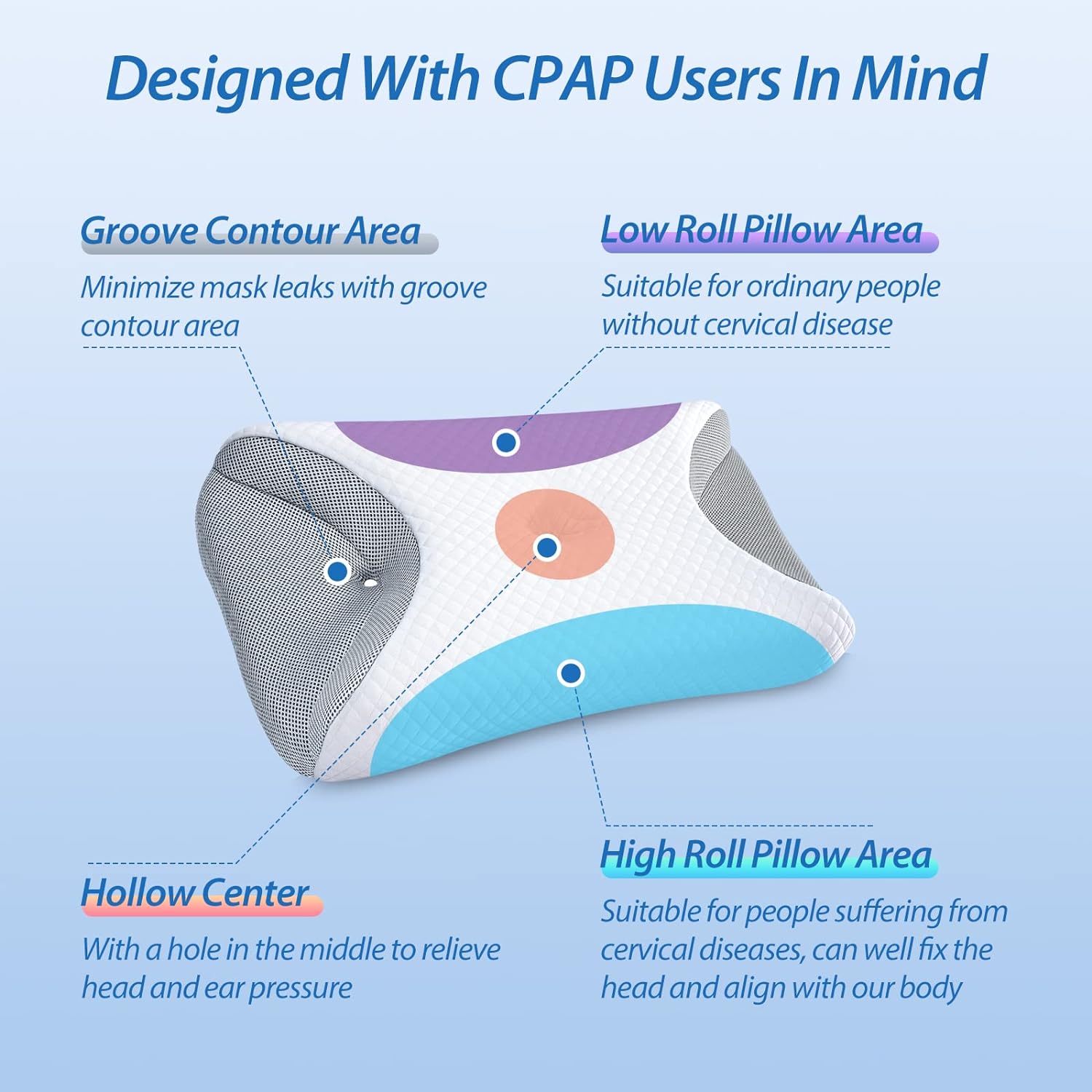

New! Comments
Share your tips and feedback. Leave me a comment in the box below.